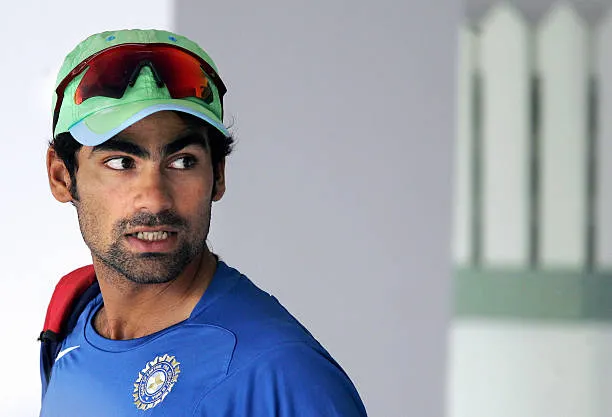
Former India cricketer Mohammad Kaif has stirred discussions about Jasprit Bumrah’s longevity in Test cricket, hinting that the pace spearhead might consider stepping away from the format due to the physical toll and a noticeable dip in his usual speed. Kaif’s remarks came in the wake of Bumrah’s muted performance in the fourth Test against England at Old Trafford, where his pace hovered below his typical levels and his impact appeared diminished.
Kaif pointed out that Bumrah’s body language and reduced speeds were signs of strain from the rigours of red-ball cricket. Throughout the match, Bumrah struggled to generate his customary bursts over 140 km/h, managing only one such delivery in nearly 30 overs. His solitary wicket in the innings, alongside extended spells on a flat pitch, raised concerns about whether the demands of Test cricket are beginning to outpace his body’s limits.
“He is fighting his own body out there. If he feels he cannot give a hundred percent for the team, he might choose to walk away from Tests on his own terms,” Kaif observed, adding that such a decision, if it comes, would be as much about self-preservation as team balance. The speculation was heightened further when Bumrah appeared to roll his ankle while descending the pavilion steps during the match, though team management later clarified it was a minor incident.
Kaif framed his comments within the broader transition Indian Test cricket is undergoing. With senior figures like Virat Kohli, Rohit Sharma, and Ravichandran Ashwin either retired or easing out of the format, the prospect of losing Bumrah would mark another major shift. His role as India’s premier strike bowler, especially in overseas conditions, has been central to recent successes. A Test retirement would leave a significant void for younger pacers like Mohammed Siraj to fill under increased pressure.
At 31, Bumrah still has several years of top-flight cricket ahead in limited-overs formats. Many believe that if he chooses to step back from Tests, it will be to prolong his career in ODIs and T20Is, where shorter spells and reduced workloads could help manage his recurring back and ankle issues. His skillset in white-ball cricket remains unmatched, making such a pivot a logical step to maintain peak performance.
For Indian cricket, the possibility underscores the challenge of balancing player welfare against the demands of relentless schedules. Bumrah’s situation serves as a reminder that even the most gifted fast bowlers have finite physical limits. Fans are now watching closely, waiting to see if Bumrah will continue to shoulder the red-ball burden or refocus his energy on the shorter formats where his body may endure longer.
As India prepare for the final Test at The Oval, Bumrah’s participation remains under review. Whether this match or the coming months reveal his intentions, Kaif’s comments have opened a wider conversation: managing elite pacers carefully to ensure they can deliver quality over quantity in an era where cricket rarely pauses.

